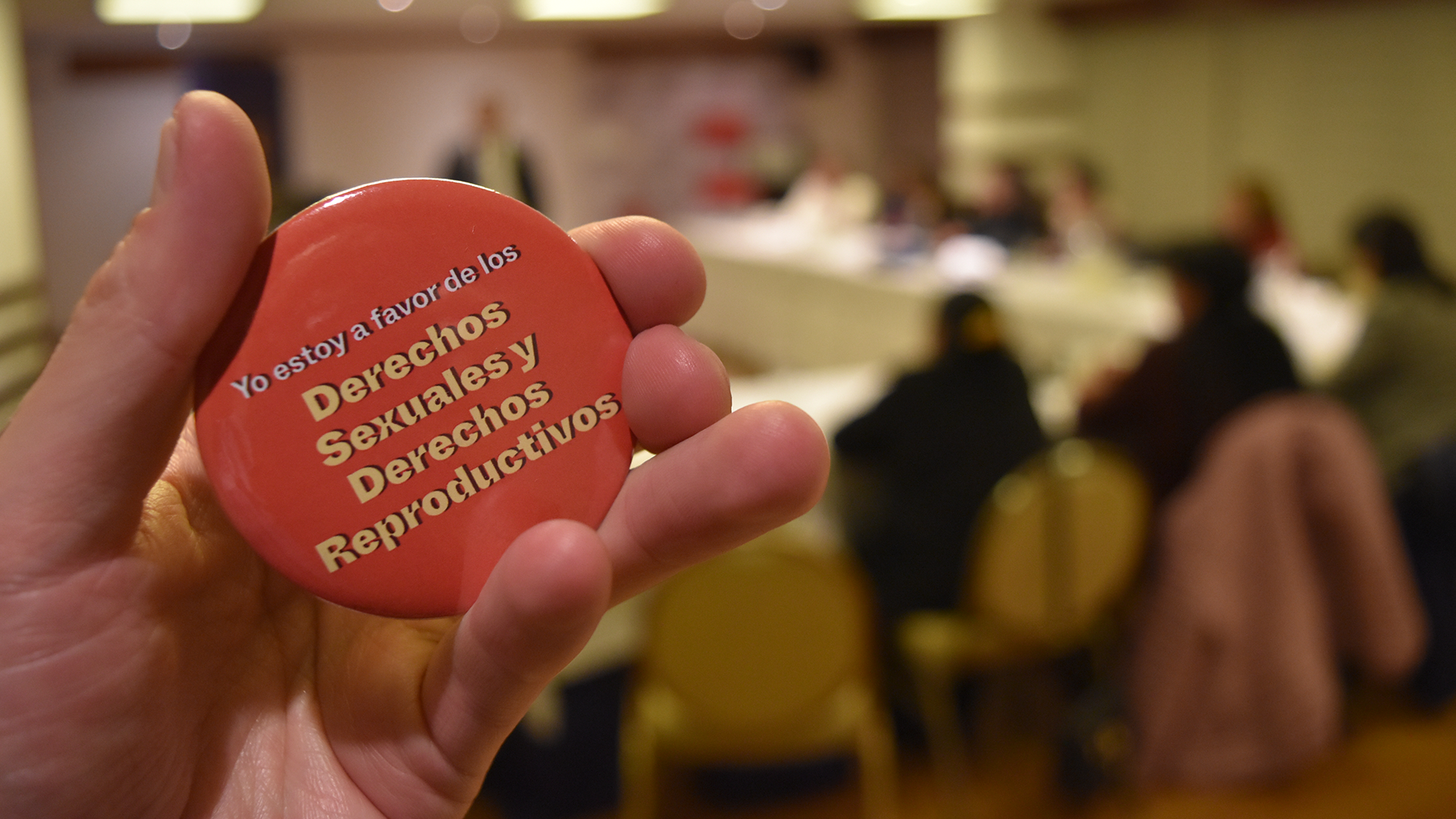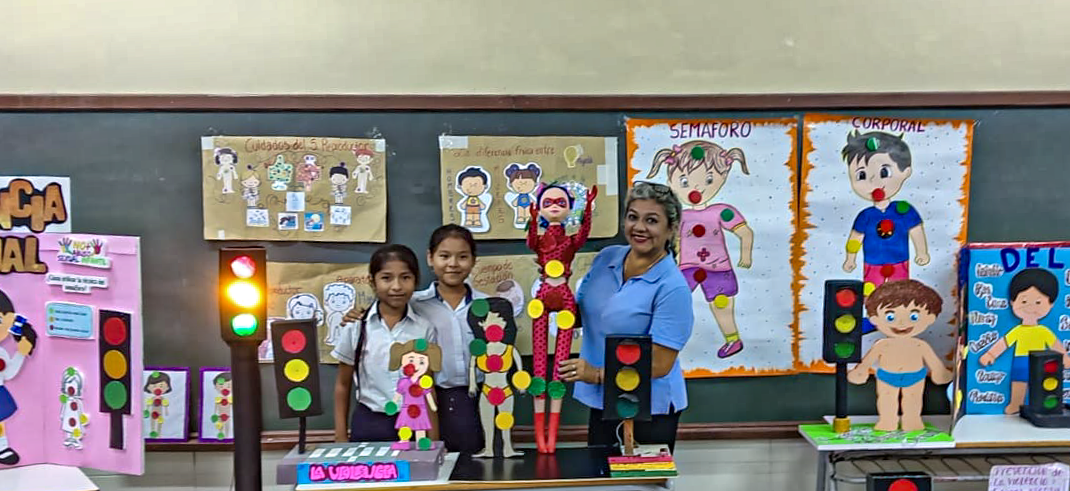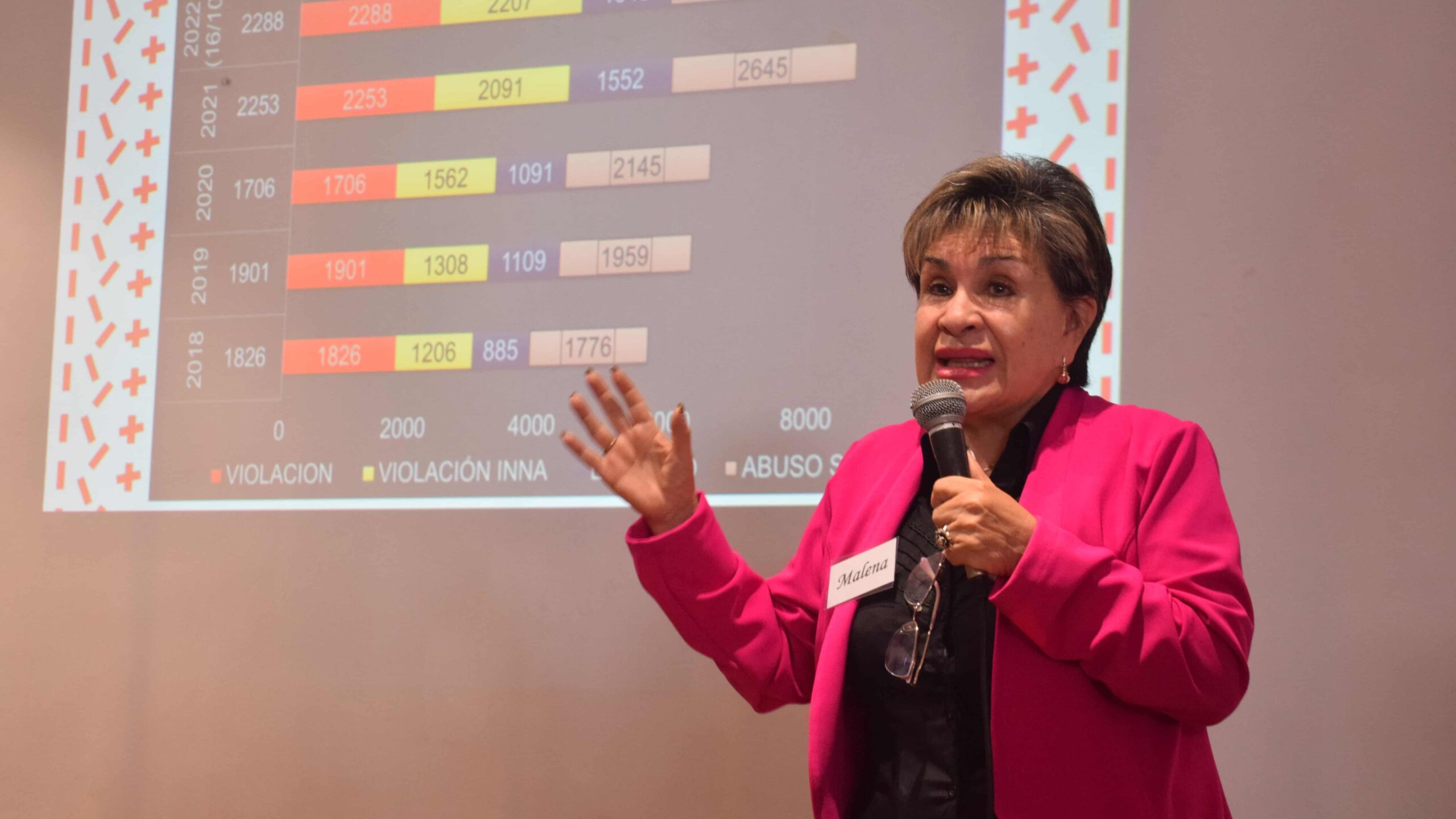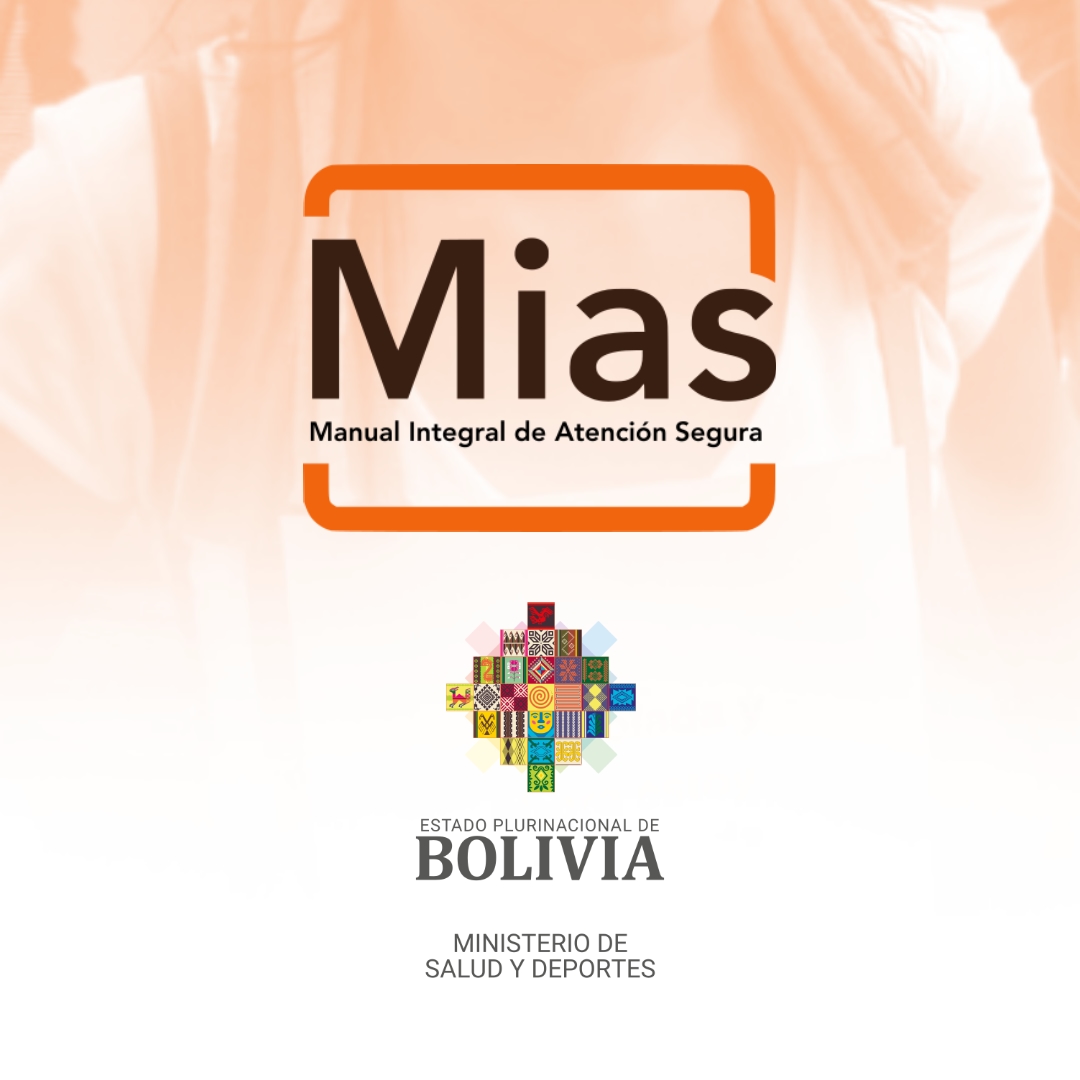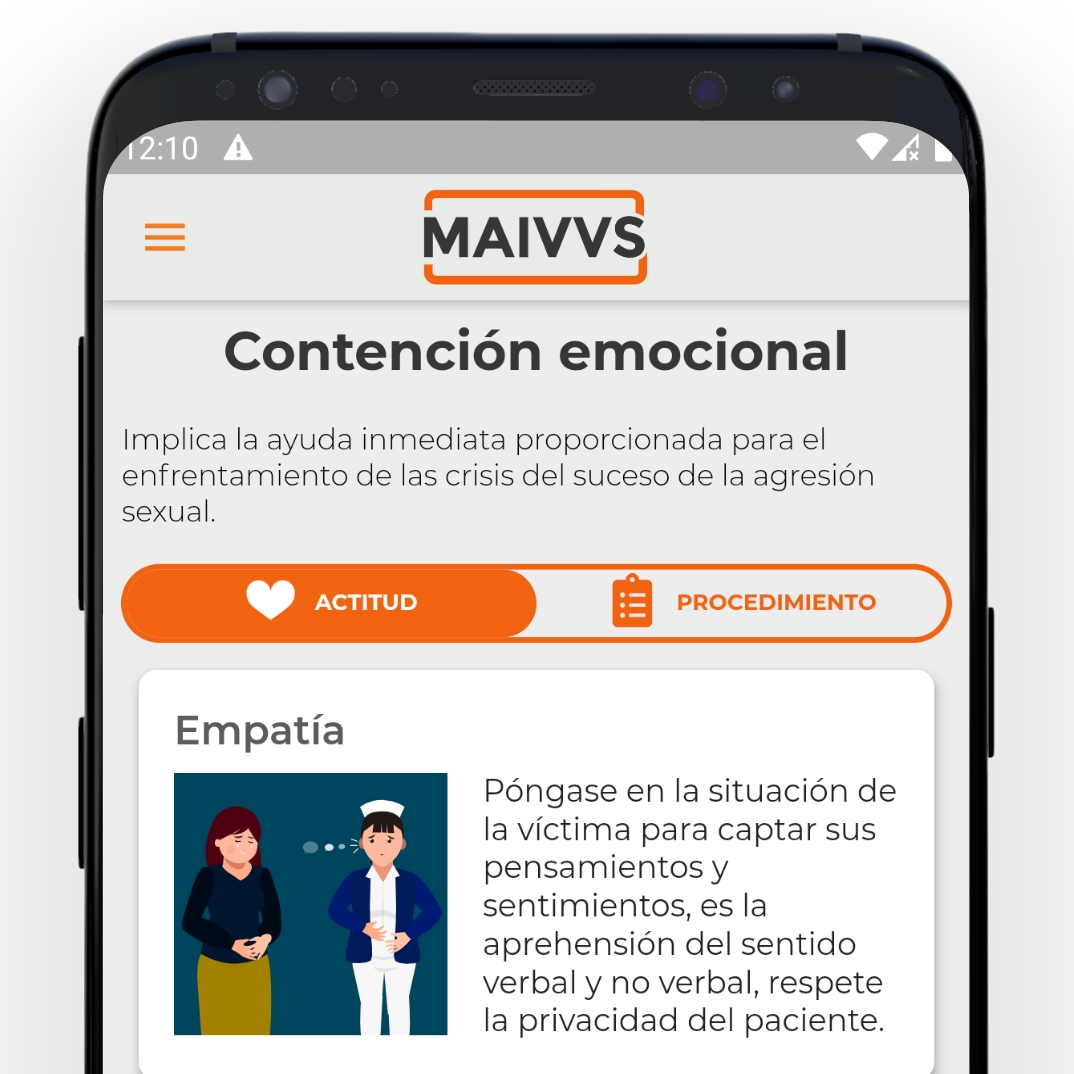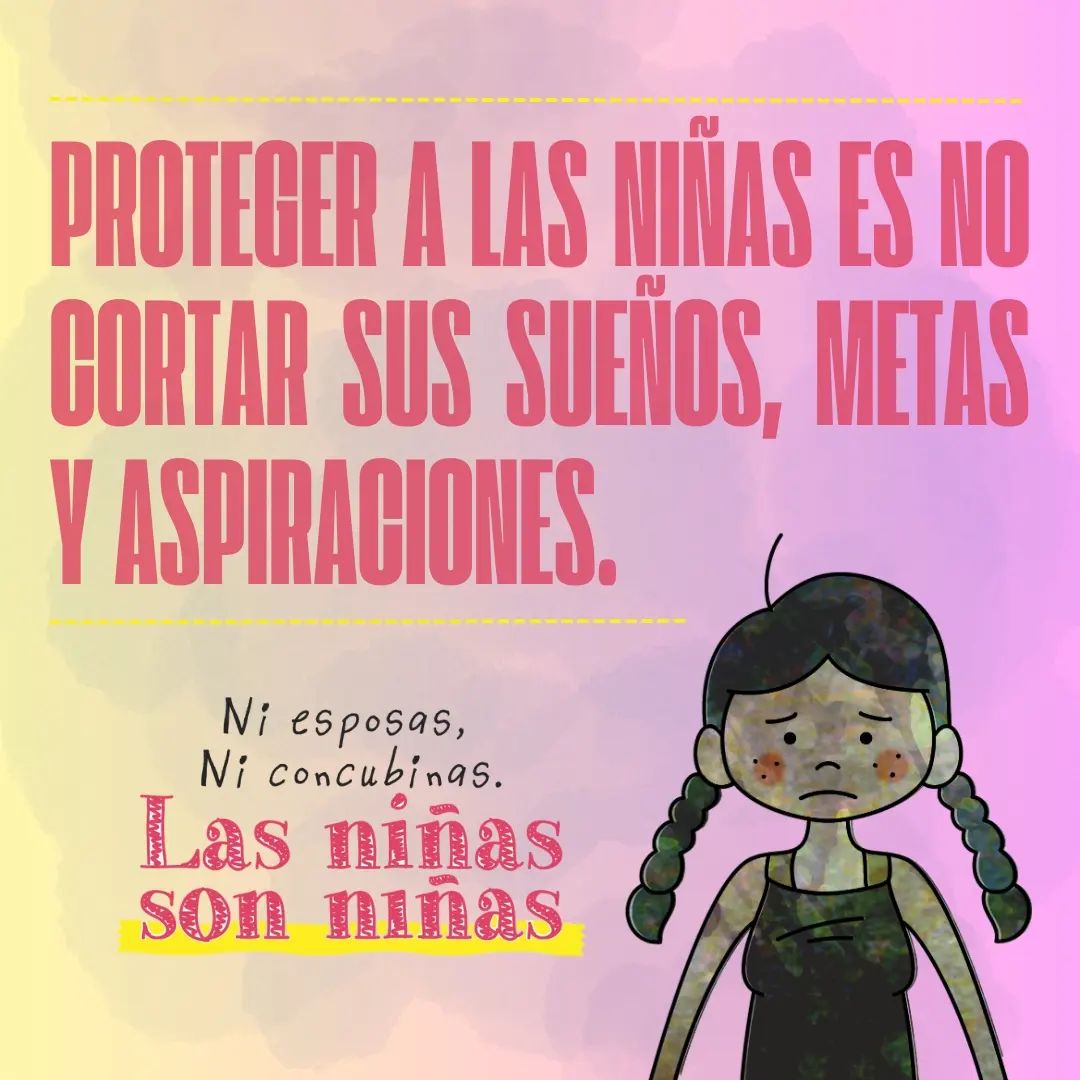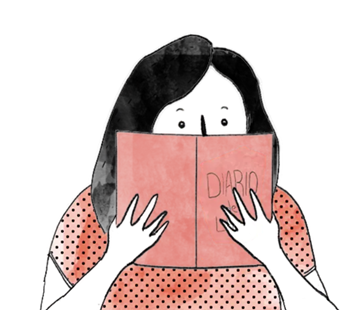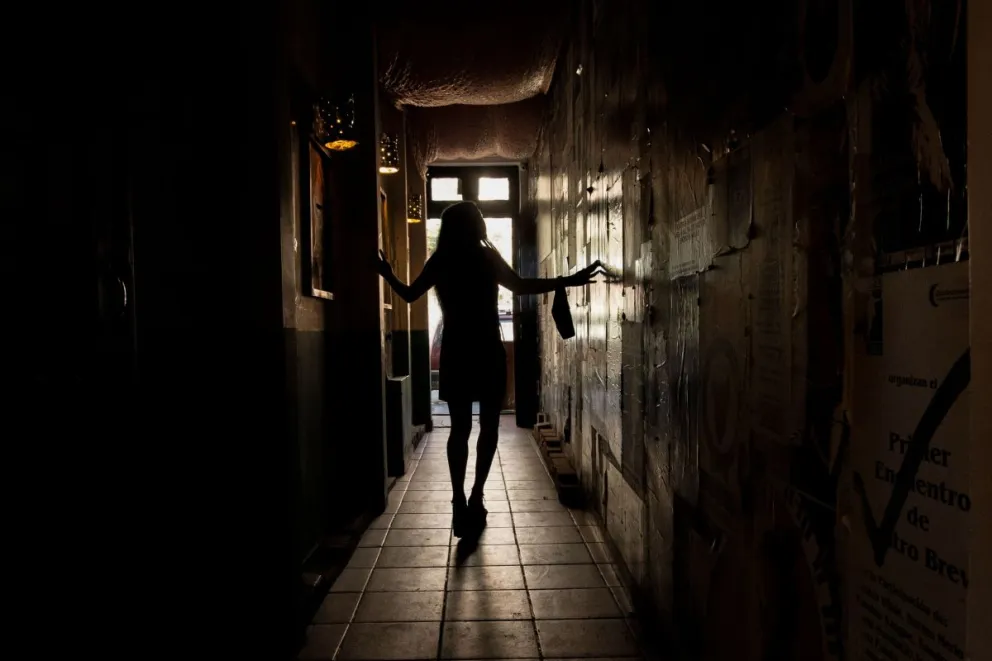Stabbed, bled to death and forgotten. This is how Noelia, a 21-year-old trans woman, died on April 30 in a hostel in the city of Oruro. She was the victim of the hatred of her aggressor, a teenager with homophobic tendencies who planned the crime days before even meeting her. Her body was found two days after the crime. Society did not notice his absence, just as it did not accept his life.
“Her lifeless body was inside her room for two days. They only found her because it was time to charge her rent. How long are we going to die like this,” says one of her companions.
Noelia’s case is just one of at least 21 transfeminicides – out of 28 hate crimes – registered in the last 15 years in Bolivia. The data is based on statistics from the Observatorio de los Derechos LGBT and a review of press reports made by Visión 360 for this article.
“When we talk about a crime where there was great violence and hate, we also talk about a message to the LGBTIQ+ population that they cannot live.”
Stephanie Llanos of Adesproc
But these are only the corroborated cases. In the collective memory of the lesbian, gay, bisexual, transgender and queer (LGTBIQ+) population, the number of those who were murdered because of prejudice against their sexual identity exceeds 70.
“These data are not disaggregated by orientation or identity in the Public Prosecutor’s Office, the Attorney General’s Office, the Police or any other state entity. That is why we have the Observatory,” said Stephanie Llanos, of the Association for Social Development and Cultural Promotion (Adesproc) Libertad GLBT.
Trans population and violence
Like Noelia, in 2020 Gabriela, 19 years old, was murdered in a lodging in El Alto, with extreme violence. The killer stabbed her 19 times, with such viciousness that he did not give her a chance. He escaped from the place without leaving any evidence.
A native of Beni, Gabriela arrived in La Paz in search of an opportunity. Like many, she was fleeing an environment that rejected her for being herself.
A case prior to Gabriela’s death also occurred in El Alto in December 2018, when trans woman Litzy Hurtado was murdered in a nightclub. She first received aggressions from a group of men and was finally stabbed by one of them with a screwdriver that fatally wounded her.
Several countries in the region do not have information on the social situation of the transgender population. For this reason, in 2015, the Inter-American Commission on Human Rights recommended to governments, including the Bolivian government, to collect statistical information on violence against LGBT people.
The few data obtained indicate that one of the most extreme forms of stigma and discrimination is social and institutional violence. Although it is an evil that affects the entire population, transgender people suffer disproportionately because they are victims of hate crimes and because of the impunity in which these crimes go unpunished.
“Since 2018 we make national reports on the violation of human rights of the trans population in Bolivia. Unfortunately we have seen a very high number of complaints. This year alone we have seen two hate crimes. We live in a context of violence and contempt, especially in the case of trans women,” explains Moira Andrade, general director of Red Trebol de Bolivia and national referent for the Latin American and Caribbean Network of Trans People.
33% of the LGTBIQ+ population, who participated in the first virtual survey, indicated not having any health coverage, with trans women the most affected.
He affirms that there is an absence on the part of the State and the authorities and non-compliance with the laws established in recent years. This means that this population does not have access to health, education, work or full justice, since hate crimes and different types of violence go unpunished.
Transfeminicides
On November 9, 2016, after the murder of Dayana at the hands of her partner (Santa Cruz), members of the LGTBIQ+ population staged a series of protests. In the marches they demanded that the murders of trans women be typified as femicides, in respect for their identity.
Dayana’s case is one of the cruelest and where there is negligence on the part of the authorities. Despite the fact that her partner robbed her, tortured her and slit her throat, after an examination of her body, they converted the case from a femicide to a “homicide out of jealousy”.
When the police raised her body, they classified the crime as a femicide, but in the autopsy they noticed that although she had breasts, her male genitals were still present. In spite of her gender identity, it was affirmed that she was a man and that the figure did not correspond.
“When a person is found dead, to identify him or her, they rely only on the genital area. That is why, for us, one of the biggest challenges is to have access to justice,” says Llanos.
In agreement, from the Ombudsman’s Office, Paola Tapia, head of the Unit for Vulnerable Populations and Sexual Diversities, states that there is no official data because the authorities do not register the victims respecting their gender identity. She indicates that they rely on official identity documents (identity card), which often do not record the identity under which the victims lived or were known.
“In addition, most of these cases do not lead to convictions or even formal charges against the perpetrators. They are forgotten or filed by the Public Prosecutor’s Office. We can cite some cases that remain to date without justice: Alessandra Ferreti, Santa Cruz (2021), Gabriela Ramírez El Alto (2020), Litzy Hurtado El Alto (2018)”, he argues.
A second attempt to achieve the classification of feminicide was made in 2021, after the murder of Alessandra in a lodging house in Cochabamba. She had recently arrived from Santa Cruz, was a victim of discrimination and could not find work. So she dedicated herself to the only thing that opened doors for her, sex work. One morning her companions found her lifeless in her room, she was asphyxiated with the cord of a hair dryer.
Attempts to obtain justice under the classification of femicide were in vain.
Noelia, first feminicide
“This murder (Noelia’s) is a feminicide, the third in Oruro so far in 2024”, stated the departmental prosecutor of Oruro, Aldo Morales.
For the LGBTIQ+ community this recognition is very important. For the first time, the murder of a trans woman could be classified as a femicide.
“To date only two cases of all hate crimes against the LGTBIQ+ population have been sentenced, both for homicide. In the case of Noelia, in Oruro, it is investigated for femicide, but there is still no sentence. In this case the media and the authorities respected her gender identity”, says Llanos.
For Andrade, although there is the figure of femicide, it is unfortunate that there is no sentence that includes the figure of transfeminicide. This, in his opinion, would make the situation of this population more visible.
“We must continue to demand public policies and denounce the absence of the state,” he says, aware that they still have a long fight ahead of them.
From the Ombudsman’s Office, Tapia mentions that in order to avoid impunity it is necessary for justice operators to do their job, free of stereotypes or biases.
“We must have judges, prosecutors and police who understand and comprehend the human rights violations faced by LGBTI people. We must respect the sexual orientation and gender identity of the victims, stop registering them as ‘men dressed as women’ and understand that trans women can also be victims of machista violence that can lead to taking their lives,” she says.
Situation of LGBTIQ+ people is in a “lagging” situation
According to the Ombudsman’s Office, in general, the exercise of rights of LGBTI people in Bolivia is still lagging behind. It was stated that inequality gaps persist for this population with respect to the rest.
Last year, the Ombudsman’s Office presented the results of the first virtual survey of the LGBTI population in the country, which addressed 11 topics.
“For example, 33% of the population surveyed reported not having any health coverage, with the most affected population being trans women,” said Paola Tapia, head of the Vulnerable Populations and Sexual Diversities Unit.
Unfortunately, most of the participants indicated that they are not aware of the requirements and procedures to join the SUS. This means that this population is unprotected and invisible in the official health statistics of the State.
8 norms were put into effect in 15 years. From Law 807 on Gender Identity, to Law 348 and 045 against racism and all forms of discrimination.
“Another issue of urgent attention is the situation of the population’s right to education. The maximum educational attainment of 28% of the participating population is high school and 5% did not finish high school,” he said.
39.7% of the surveyed population indicated that they were not engaged in any type of educational activity. The main reason is lack of economic resources. These economic constraints force them to resort to sex work as a form of livelihood.
Likewise, 53% reported having been victims of discrimination in the last year.
“For this reason, the Ombudsman’s Office considers that the State must establish differentiated affirmative measures that encourage or improve the living conditions of this population,” said Tapia.

